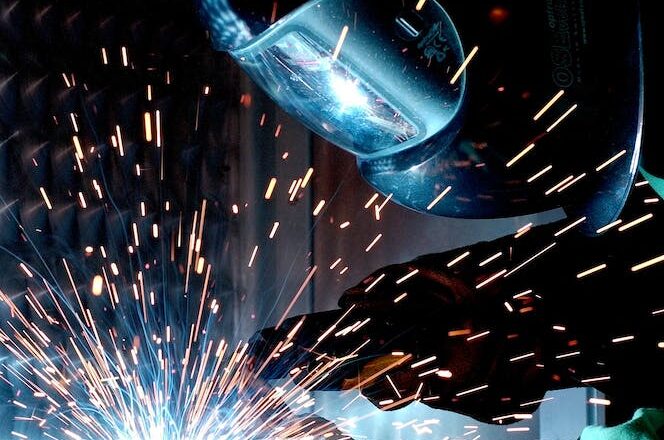Strategies for Small Business Owners to Find the Perfect Employees
In the quest to find the right employees for their small businesses, owners and leaders should start by clearly defining the job role and utilizing multiple recruitment channels. Leveraging professional networks and referrals can also be invaluable. Careful resume screening, structured interviews, and assessments of cultural fit and soft skills are key steps in the hiring process. Checking references and offering competitive compensation packages can help attract top talent. Moreover, providing growth opportunities and maintaining a transparent, well-communicated hiring process can contribute to a successful recruitment strategy. Ultimately, a thoughtful and thorough approach to hiring can lead to finding the perfect fit for your organization's needs.
Hiring the right people is crucial fo...









